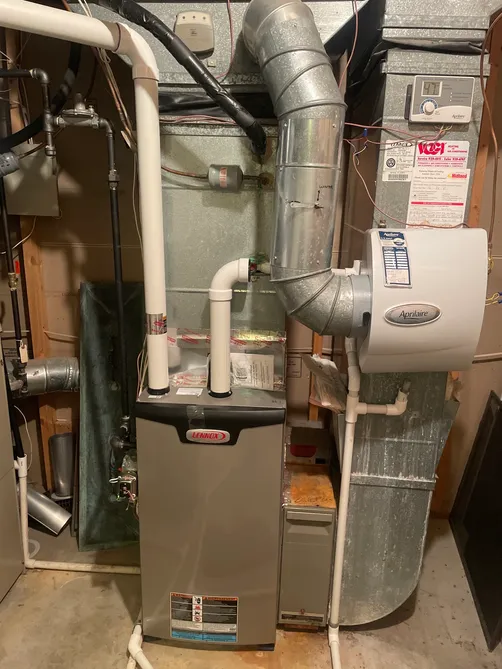Why furnace installation is essential for top-notch home heating efficiency
The Ultimate Guide to Heating System Setup for a Cozy Home
Heating system installation is a critical aspect of preserving a comfy home environment, particularly throughout the colder months. As you take into consideration these aspects, the question stays: what steps can you take to ensure your heater offers you well for years to come?
Kinds Of Heaters

Gas furnaces are one of the most usual choice because of their performance and reduced functional costs. They use gas or lp, offering quick heating and constant performance, making them ideal for chillier environments.
Electric heating systems, while generally simpler to set up and maintain, have a tendency to have higher operational expenses. They are frequently favored in areas where gas service is not available or for homes with existing electric infrastructure.
Oil heating systems, though much less typical today, stay a practical alternative in certain regions. They burn home heating oil, which can be advantageous throughout colder months, but their reliance on oil shipment postures prospective obstacles.
Additionally, there are high-efficiency models readily available throughout these types, which can dramatically decrease power consumption and energy costs - furnace installation. Eventually, recognizing these heater types will certainly help homeowners pick a system that aligns with their home heating needs, spending plan, and energy choices
Selecting the Right Dimension
Choosing the appropriate size for a furnace is important to making sure optimal efficiency and power effectiveness. A small furnace will certainly struggle to keep comfy temperatures during the chilly months, leading to boosted deterioration, higher energy bills, and prospective system failing. Conversely, a large heater may cycle on and off as well frequently, leading to inefficient home heating and uneven temperature circulation within the home.
To identify the proper furnace dimension, a computation referred to as the Handbook J load calculation must be carried out. This process reviews various factors, including the square footage of the home, insulation levels, home window sizes, and regional environment conditions. This thorough evaluation makes certain that the heating system satisfies the certain home heating needs of the area.

Setup Refine Overview
In terms of products, you will certainly need ductwork, insulation, and securing tape to make certain optimum air flow and energy efficiency - furnace installation. additional reading It is additionally crucial to have a new heater filter accessible, together with venting products, such as PVC pipe or metal flue, depending on the kind of heating system being mounted
Safety and security devices, consisting of gloves, safety glasses, and a face mask, is also essential to shield against dirt and debris throughout installation. Having all these devices and materials conveniently available not just enhances the process yet also boosts the safety and performance of the furnace installment.
Maintenance Tips for Durability
To ensure the long life of your furnace, it is important to execute a normal maintenance routine that addresses essential parts of the system. Beginning by changing or cleaning up the air filter each to three months, as a clogged up filter can limit air movement and decrease effectiveness. Furthermore, inspect and clean up the blower setting up to avoid dirt buildup that can hinder performance.
Following, examine the thermostat setups and rectify if essential to guarantee precise temperature level law. Examine the ductwork for leaks or Going Here obstructions, as this can bring about energy loss and unequal home heating. Frequently oil the electric motor and bearings according to the manufacturer's recommendations to reduce deterioration.
Specialist examinations should occur every year, where a certified professional can assess the furnace's overall condition, check for gas leaks, and ensure that safety features are working correctly. Lastly, take into consideration setting up a programmable thermostat to enhance energy usage and preserve constant home temperatures. By taking on these upkeep methods, you can improve your furnace's efficiency, extend its life-span, and inevitably take pleasure in a relaxing and comfy home setting.
Final Thought
